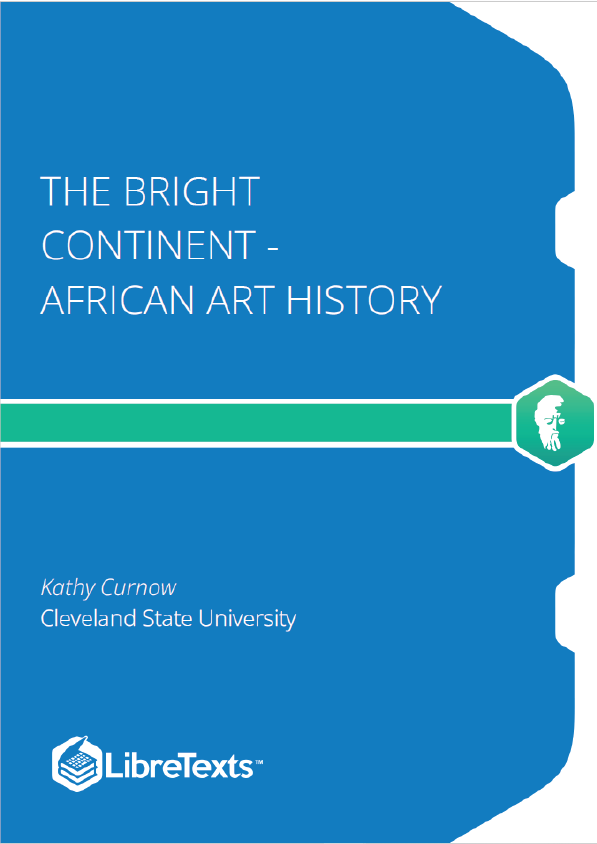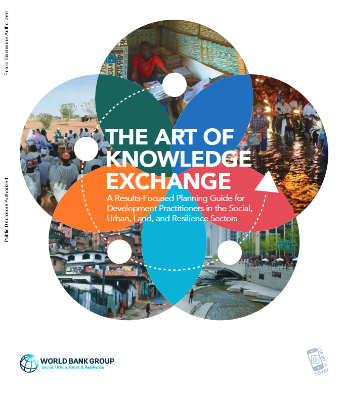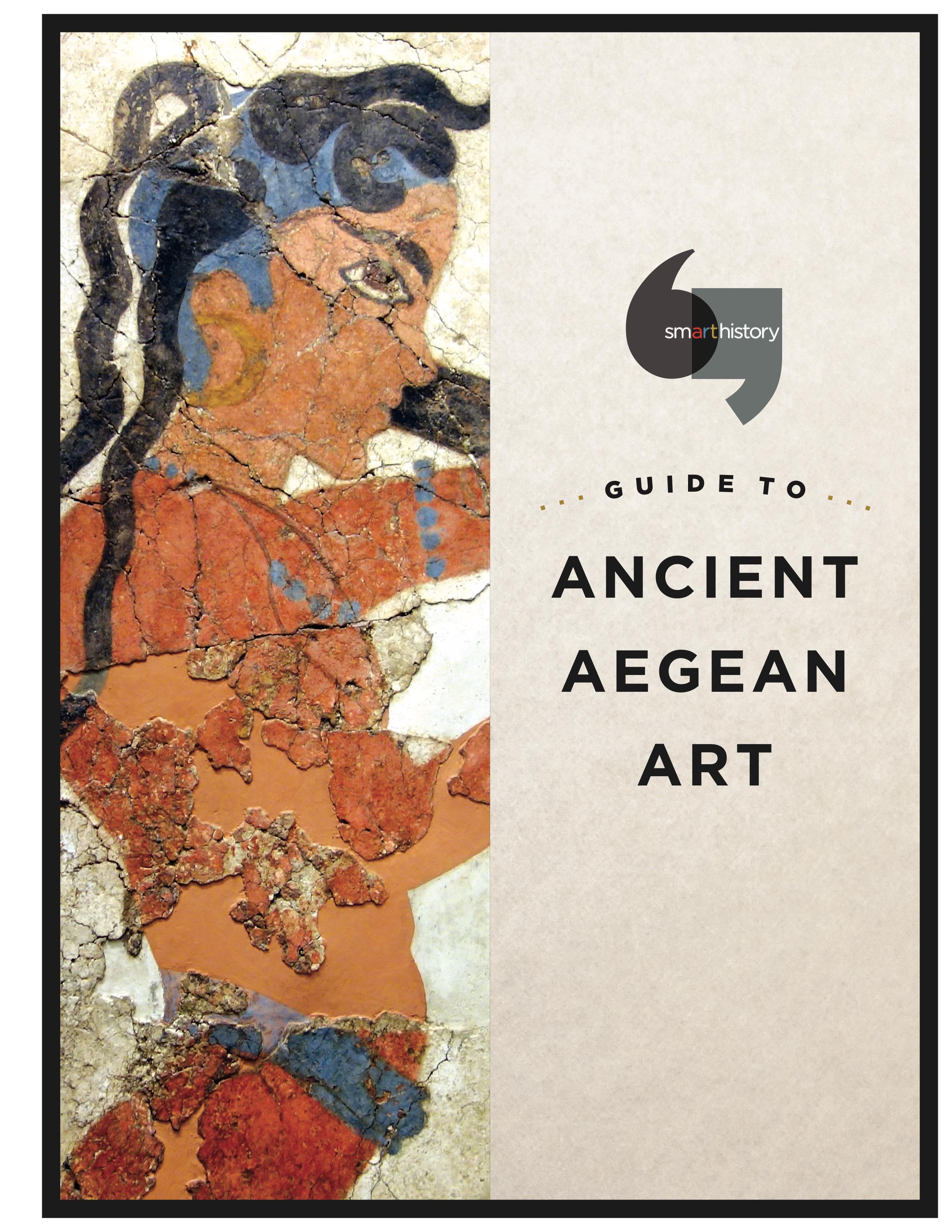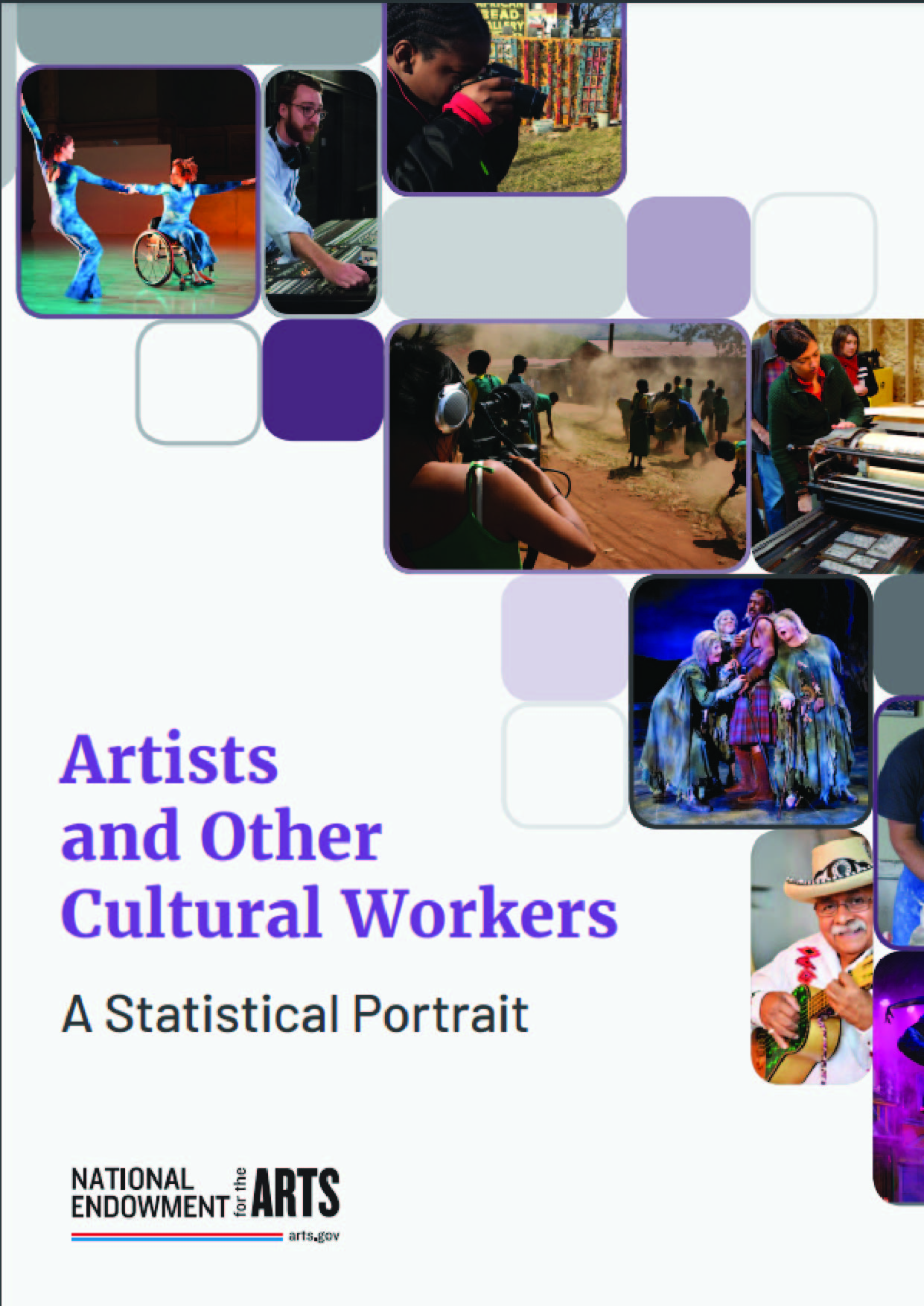Colonialism did not actually last long. Most African nations became independent by 1960/61. In some respects, its impact was negligible; in others, it had major political and cultural effects. When Europeans took control, they found a continent with varied political systems. Some areas were empires or kingdoms, run by a single ruler and his counselors. Other areas were more egalitarian city-states, run by all adult men or by a gerontocracy. Some ethnic groups operated as single polities, while others comprised multiple states that warred with one another. The arbitrary nature of the Berlin Conference’s borders meant that old states or families might be split into two spheres. It also meant that former rulers might continue as cultural leaders if cooperative, or be dethroned or exiled if resistant. Even those who kept their positions no longer had military or full legal authority, nor did they have the ability to collect taxes. Governments based on the home country’s will were established, and independence did not reinstate traditional rulers to the full powers they had held previously.
Besides new political and court systems, foreign religious and educational systems had major lasting influences. Christianity arrived in Egypt, the Sudan, and Ethiopia in the 4th century, the same period it was recognized officially in Europe, and parts of northern and eastern Africa became Muslim immediately after the Prophet Muhammed’s death. Islam continued to spread into West Africa slowly via North African trade, but Christian missionization exploded in the 19th century, and since the 1970s both faiths have pushed many older religions aside. Advancement in the civil service–whether colonial or independence era–requires mastery of a foreign language that is usually the “language of instruction” in schools. Curricula are based on European models and extend to university level, which means they vary considerably depending on the former colonial power.
Access to international media and more accessible travel or migration have had their own impact. Foreign films, music videos, and clothing jostle with local products. While none of these features means that African culture has been abandoned, it does signify that values have been adjusted, and cultures often compete for supremacy, some winning because of their status as imported novelties. As we’ll see, the visual arts are part of this duality, with retentions of older practices coexisting with new materials, functions, training, and patrons.
There are many different ways of breaking this huge continent into smaller segments for effective discussion. We could look at climate zones: desert, Sahel, savannah, rainforest. We could consider colonial history and examine Anglophone, Francophone, or Lusophone nations. We’re going to take an approach that considers a limited number of geographic zones, dividing the continent into seven sectors. These often include areas that were once part of a large kingdom or kingdoms, or had linked trading patterns, or share certain cultural, linguistic, or historic features–but they are somewhat arbitrary just the same. They are as follows: North Africa, Western Sudan, Upper Guinea Coast, Lower Guinea Coast, Central Africa, Southern Africa, East Africa.











